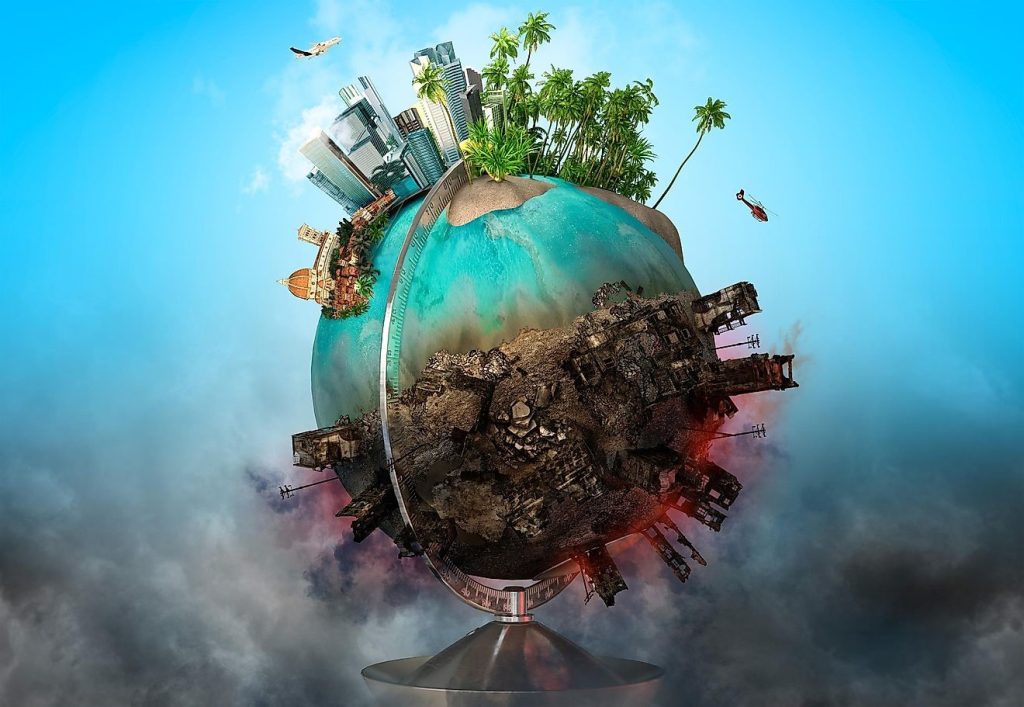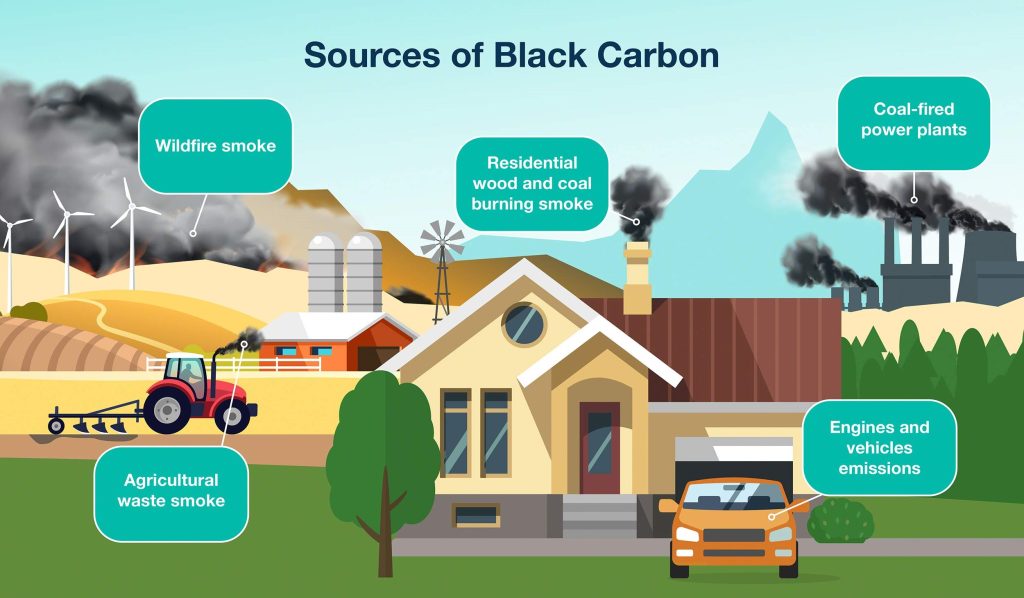
A recent clinical trial found that a diet high in advanced glycation end products (AGEs) is a major reason India has become the diabetes capital of the world. This is the first study of its kind to highlight the connection between AGEs and diabetes in the country.
- Advanced glycation end products (AGEs), also called glycotoxins, are harmful molecules.
- They form when sugars combine with proteins or fats (glycation) and when molecules combine with oxygen (oxidation).
- AGEs naturally form in the body during metabolism, but most come from food.
- Foods cooked at high temperatures—like grilling, toasting, roasting, broiling, and frying—contain more AGEs.
- Tobacco use is another source of AGEs.
WHY AGEs ARE HARMFUL..?????
- AGEs activate inflammatory and other destructive processes in many systems of your body.
- AGEs are involved in the development of various chronic inflammatory diseases such as type II diabetes mellitus, vascular and cardiovascular diseases, osteoporosis, and arthritis.
- Hyperglycemia (high blood levels of glucose) is one condition associated with more AGE production, causing blood vessel damage in people with diabetes.
State of Global Climate Report 2023
Here is a pie chart showing the current and projected global population facing water shortages:
|
Category |
Details |
|
Report |
State of Global Water Resource Report |
|
Published by |
World Meteorological Organization (WMO) |
|
First Published |
2021 |
|
Data Sources |
National Meteorological and Hydrological Services, other experts |
|
2023 Highlights |
|
|
Driest year for rivers in 33 years |
2023 |
|
Consecutive years of below-normal river flows |
5 years |
|
Glacier Loss (2023) |
Largest mass loss in 50 years, reported across all glacier regions |
|
Total water lost from glaciers |
More than 600 gigatons (Gt) |
|
Current population facing water shortage |
3.6 billion people (at least one month a year) |
|
Projected population with water shortage (2050) |
Over 5 billion people |
|
SDG 6 Status |
Off-track for achieving water and sanitation goals |
India’s Reliance on Kerosene Lamps and Black Carbon Emissions
A new study reveals that around 10% of the black carbon pollution in Indian homes comes from using kerosene lamps.
What is Black Carbon?
- Black carbon, also known as soot, is a part of tiny air pollutants called PM2.5.
- It forms when things like wood, fossil fuels, or biomass (e.g., cow dung, straw) are not fully burned. During this process, harmful gases like carbon dioxide (CO2) and carbon monoxide (CO) are also released.
Sources in India
- In rural areas, people often burn biomass (cow dung, straw, or wood) in traditional stoves for cooking, which releases black carbon.
Why is Black Carbon Harmful?
- Black carbon warms the climate 460 to 1,500 times more than CO2, making it a powerful contributor to global warming.
ENIVIRONMENTAL IMPACT
- Climate Warming
- Black carbon absorbs heat from sunlight, warming the atmosphere directly.
- It settles on ice and snow (e.g., in the Arctic or the Himalayas), reducing their reflectivity. This makes ice melt faster, contributing to glacial retreat and sea level rise.
- Impact on Air Quality
- As part of fine particulate matter (PM2.5), black carbon reduces air quality, causing smog and haze.
- Poor air quality affects visibility and contributes to respiratory illnesses.
- Disrupts Weather Patterns
- The warming effect of black carbon alters cloud formation and rainfall patterns, leading to irregular monsoons or droughts.
- This disrupts agriculture, water availability, and ecosystems.
- Accelerates Arctic and Himalayan Ice Loss
- When black carbon deposits on snow or ice, it lowers the surface’s reflectivity (albedo), causing more heat to be absorbed and faster melting.
- This contributes to sea-level rise and threatens the water sources that billions depend on.
- Harm to Ecosystems
- Black carbon pollution affects forests and crops, leading to reduced plant growth and agricultural yields.
- It also contaminates lakes, rivers, and soils when deposited, impacting freshwater ecosystems.
Stay Updated:
For the latest updates on UPSC exams and preparation, follow us on Youtube I Facebook I Instagram



